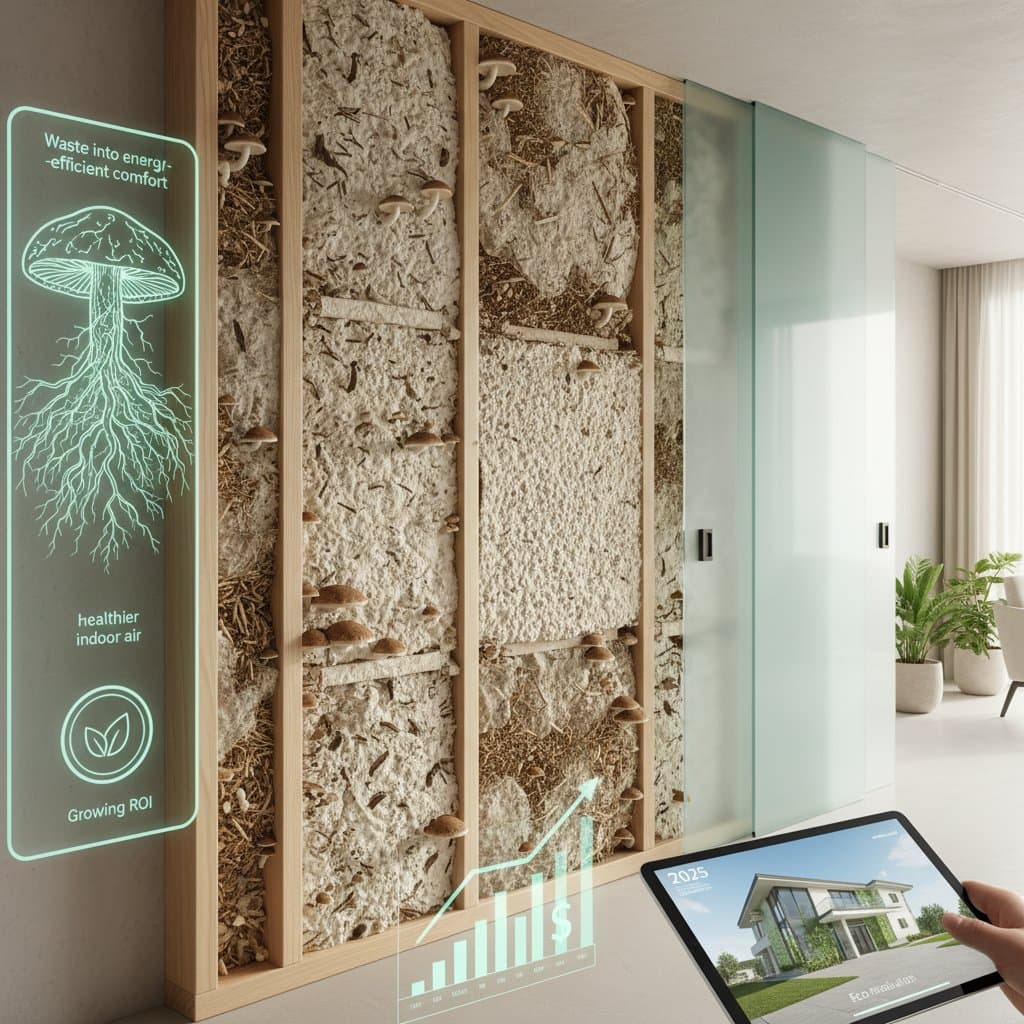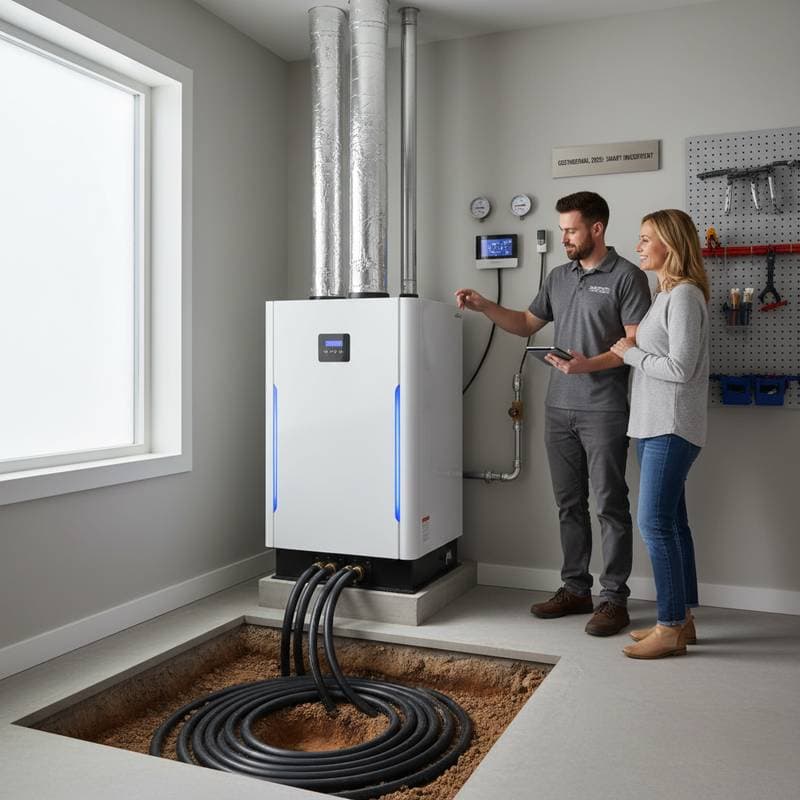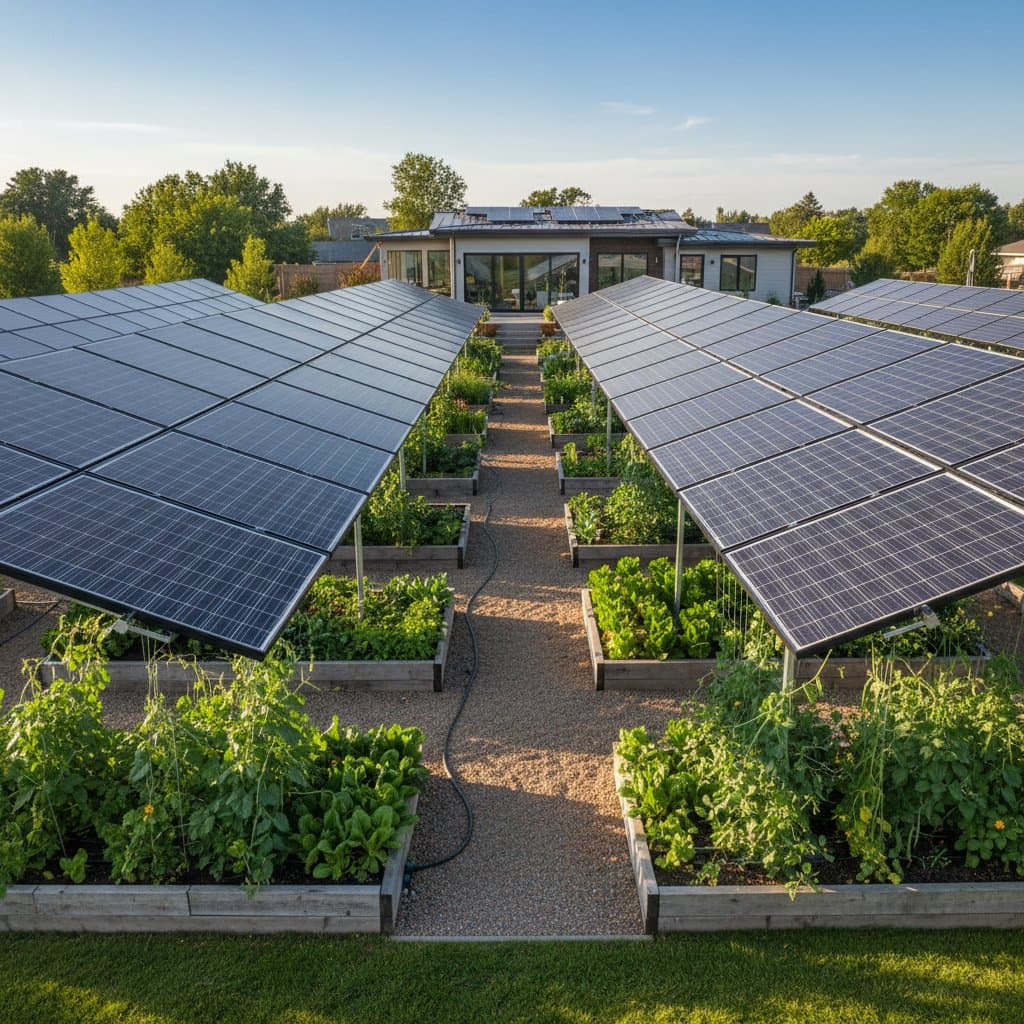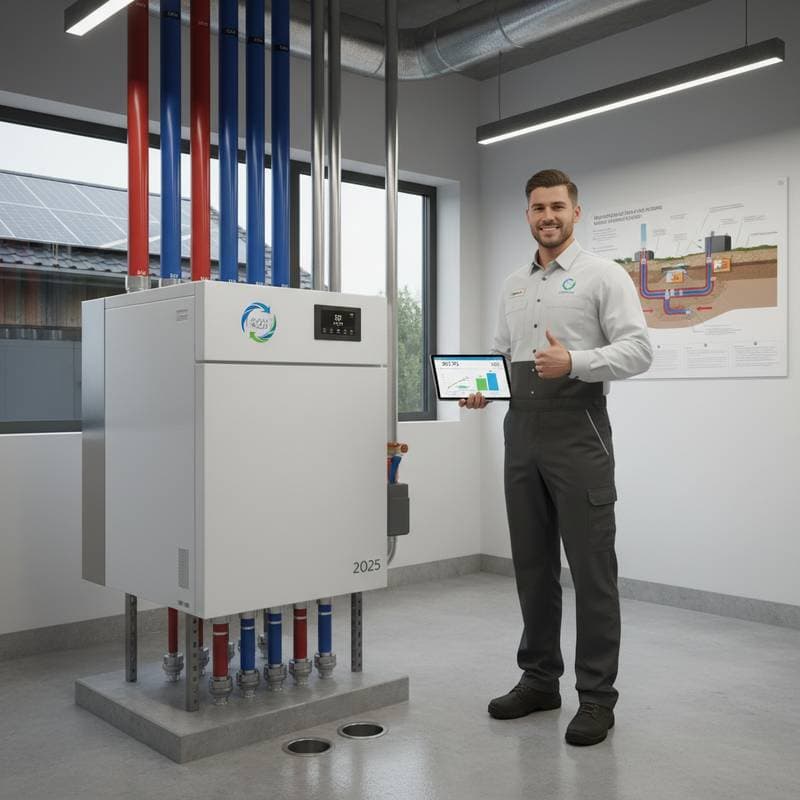Geothermal HVAC Cuts Energy Bills Up to 70%
Key Benefits of Geothermal Systems
- Geothermal HVAC systems leverage the earth's consistent underground temperature to provide heating and cooling with superior efficiency compared to air-based alternatives.
- These systems enable homeowners to slash energy bills by up to 70 percent, while enhancing overall comfort and improving indoor air quality through reduced reliance on combustion.
- Although initial installation expenses exceed those of traditional setups, federal tax credits, extended system longevity, and substantial ongoing savings quickly balance the scales.
- Optimal performance demands careful system design, appropriate ground loop configurations, and installation by qualified professionals to ensure reliability over decades.
- Versatile applications suit diverse settings, including expansive rural properties, compact urban sites, and various climate zones worldwide.
The Growing Importance of Geothermal Technology
Rising energy prices challenge homeowners to balance comfort with fiscal responsibility. Conventional heating and cooling systems often drive up utility expenses, prompting many to compromise on ideal indoor temperatures. Geothermal HVAC addresses this dilemma by minimizing energy consumption for climate control, allowing full enjoyment of home environments without financial strain.
Environmental advantages extend beyond the wallet. Geothermal systems draw on the earth's thermal stability rather than fossil fuels, thereby lowering greenhouse gas emissions and shrinking a household's carbon footprint. With no on-site burning, they deliver purer indoor air and contribute less to outdoor pollution.
For those committed to long-term residency, geothermal represents a multifaceted investment. Monthly savings accumulate, property resale values increase due to energy-efficient features, and the robust design requires minimal upkeep, fostering a dependable home infrastructure.
Understanding Costs and Return on Investment
Upfront costs for geothermal HVAC systems surpass those of standard options, influenced by factors like site specifics, capacity needs, and loop configurations. Residential projects typically range from $20,000 to $40,000, comparable to a moderate kitchen renovation or modest home addition.
Operational expenses, however, plummet by 30 to 50 percent relative to conventional systems, with total energy costs sometimes falling by 70 percent. This efficiency stems from the ground's steady thermal exchange, which demands less electricity to maintain desired temperatures.
Breakdown of Installation Expenses
- Ground Loop Setup: Accounts for 30 to 40 percent, involving excavation or drilling to embed pipes that circulate fluid for heat transfer.
- Heat Pump Equipment: Comprises 25 to 35 percent, including the indoor unit that processes thermal energy.
- Ductwork and Controls: Represents 20 to 25 percent, covering air distribution and smart thermostat integration.
- Planning, Permits, and Testing: Makes up 10 to 15 percent, encompassing engineering assessments and regulatory compliance.
Government incentives, including a 30 percent federal tax credit through 2032, along with utility rebates, can offset 20 to 50 percent of initial outlays. Systems endure 25 years or longer for loops and 15 to 20 years for pumps, enabling payback periods of seven to ten years via reduced bills and negligible repair needs.
Key Considerations for Your Project
Geothermal technology delivers reliable results, yet site-specific elements shape both expense and effectiveness.
- Geological Profile: Rocky terrains elevate drilling expenses, whereas clay-rich or water-saturated soils enhance thermal conductivity for better performance.
- Regional Workforce: Access to IGSHPA-certified installers ensures quality; urban areas may command higher labor fees than rural ones.
- Utility Rates: Elevated local energy prices accelerate financial recovery, amplifying the value of efficiency gains.
- Site Constraints: Small lots favor vertical loops, which, despite higher drilling costs, optimize space and efficiency.
- Current Setup: Integrating into legacy structures might necessitate duct revisions or panel expansions to handle electrical demands.
Addressing these variables through expert consultation customizes the installation, maximizing benefits while controlling expenditures.
Steps to Implement a Geothermal System
Engage contractors accredited by the International Ground Source Heat Pump Association for validated expertise in design and execution. A thorough evaluation includes soil sampling, thermal load assessments, and feasibility studies to inform accurate proposals.
Homeowners can follow this structured approach to guide the process:
- Perform an Energy Audit: Identify precise heating and cooling requirements to size the system appropriately.
- Evaluate Loop Configurations: Select horizontal, vertical, or pond-based options aligned with land availability and geology.
- Obtain Quotes from Specialists: Secure at least three detailed bids from licensed professionals to compare value.
- Pursue Financial Aids: Research federal, state, and utility programs to claim rebates and credits.
- Assess Electrical Capacity: Upgrade service panels if needed to support the heat pump's modest power draw.
- Allocate for Unforeseen Issues: Reserve 10 to 15 percent of the budget for geological surprises or permitting delays.
This methodical preparation aligns expectations with outcomes, streamlining the transition to efficient home climate control.
Frequently Asked Questions
How does a geothermal heat pump differ from a standard air-source model?
A traditional heat pump transfers thermal energy with fluctuating outdoor air, leading to variable efficiency. Geothermal variants interact with the ground's constant temperature, achieving consistent performance, reduced noise, and up to four times the efficiency of conventional units.
Is retrofitting possible for existing homes?
Absolutely. Many installations occur in established residences, focusing primarily on ground loop placement. Air handler integration may require minor duct adjustments, but the upgrade blends smoothly into daily operations.
What maintenance is involved?
Annual inspections cover filter replacements, fluid level checks, and pressure verifications. Buried and indoor components face limited environmental stress, resulting in lower service frequency than exposed outdoor units.
Can it supply domestic hot water?
Yes, optional desuperheaters capture excess thermal energy to preheat water, often covering 50 to 70 percent of household needs at no additional energy cost during peak HVAC use.
Realizing Long-Term Comfort and Savings
Adopting geothermal HVAC transforms daily living by delivering reliable, efficient climate control that endures. Homeowners gain not only profound bill reductions but also enhanced well-being through superior air quality and quiet operation. This forward-thinking choice secures financial stability, environmental stewardship, and a comfortable haven for years ahead.









